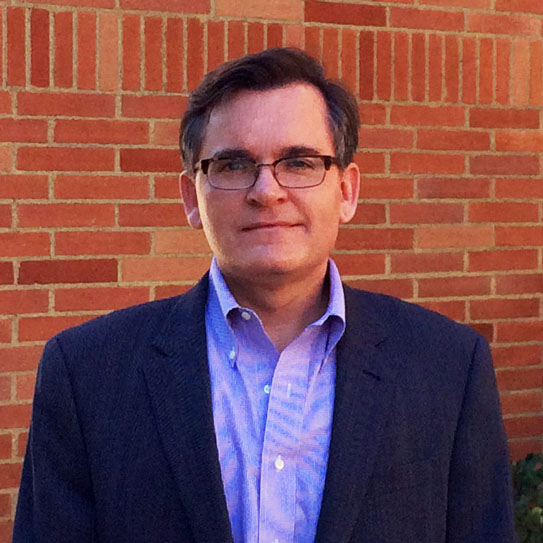Supporters, who fought for the law for more than a decade, say the lawsuits will provide long-awaited justice to victims of childhood sexual abuse. Critics argue some of these abusers died years ago, and that the legal and financial burdens will fall on institutions with few records to defend themselves.
In addition to the look-back window, the law increases the maximum age to file civil suits to age 55 from 23. It also gives prosecutors additional time to file criminal charges.
While some states, including Minnesota, Arizona and Hawaii, have opened similar windows, New York’s law goes further than most because it allows for lawsuits against public institutions, not only private ones. How the window plays out—how many lawsuits are filed, how institutions cope financially and how claims fare in court—is being closely watched across the U.S., advocates and legal experts say.
Lawyers who represent victims say in the bulk of their cases the alleged abuse occurred in the late ’60s through early ’80s. Lawyer James Marsh called that period an unfettered time without helicopter parents, cellphones or warnings of stranger danger. “You have this loosey-goosey time of free love, social change,” said Mr. Marsh. “I think the ’70s were probably the most risky time for kids.”
Mr. Marsh said he expects to file lawsuits on behalf of more than 500 alleged victims during the one-year window. About 200 are alleged victims of a Rockefeller University doctor who died in 2007. The university has apologized and retained a law firm whose investigation found the doctor sexually abused patients.




Leave a Reply